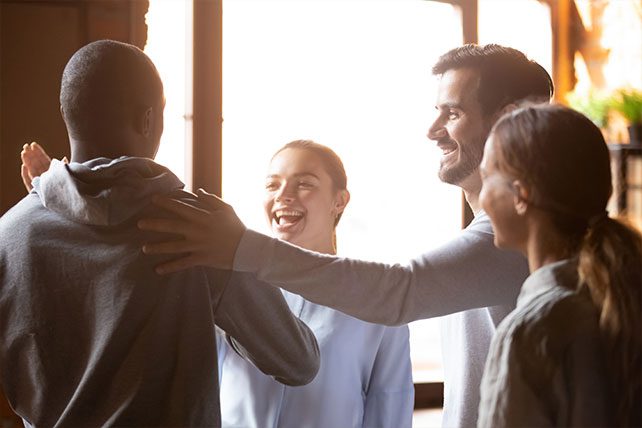When someone new walks into a church small group for the first time, they bring with them a mix of curiosity, uncertainty, and often anxiety. Whether they are new to the church, new to faith, or just exploring spiritual community for the first time, their first experience as a small group visitor can determine whether they choose to return or quietly drift away. A group that is intentional about helping newcomers feel at ease can transform that moment into the beginning of something life-changing.
Here are several practical ways to create a small group culture that helps every small group visitor feel welcomed, safe, and genuinely included.
1. Prepare the Group Before the Visitor Arrives
One of the most effective ways to welcome a small group visitor happens before they ever walk through the door. Let your regular members know ahead of time that someone new will be attending. This helps the group mentally and emotionally prepare to extend hospitality.
RELATED: Small Group Retention Strategies
Encourage group members to avoid forming cliques during that meeting. A new person walking into a room where everyone else is deeply familiar with one another can feel like they’re crashing a private party. When the group is already anticipating a guest and committed to including them, the atmosphere becomes warmer and more open.
If possible, offer the visitor some basic information before their first visit—what to expect, how long the meeting lasts, and whether there will be food or prayer. Removing uncertainty builds confidence.
2. Offer a Warm, Personal Welcome—But Not a Spotlight
When the new person arrives, someone should greet them personally, make introductions, and explain where things are located (restroom, food, seating). However, be careful not to put them on the spot. Many visitors are happy to be noticed, but few want to be publicly singled out or asked to share their life story right away.
Instead of announcing “We have a new person—everyone say hi!” try a more conversational approach. Introduce them to one or two people, then let those relationships grow naturally.
If the group leader typically opens with an icebreaker or discussion prompt, it’s helpful to give the visitor a heads-up and let them know they can opt out without pressure.

